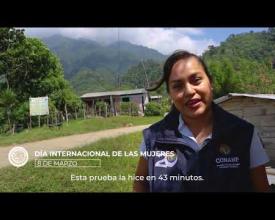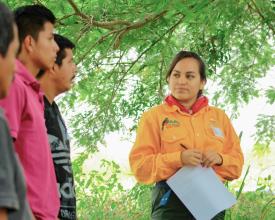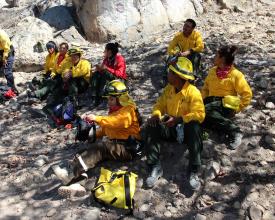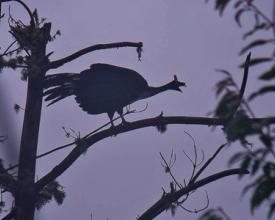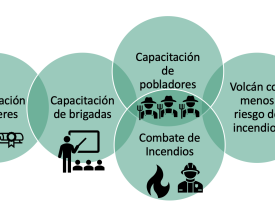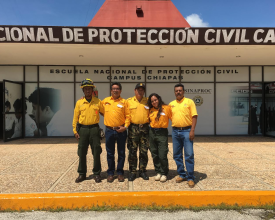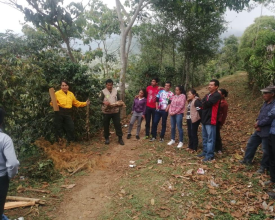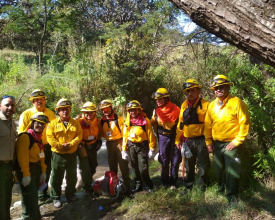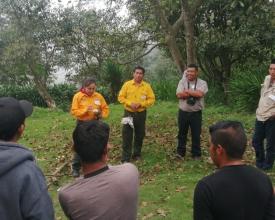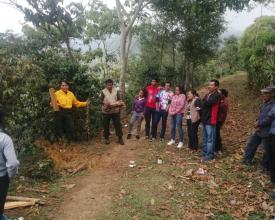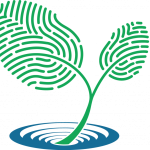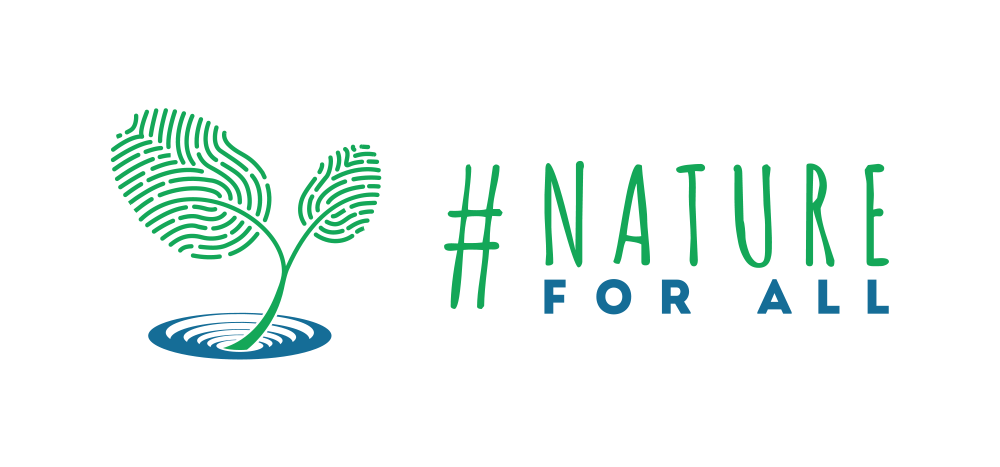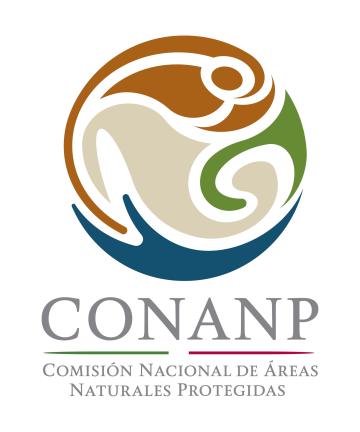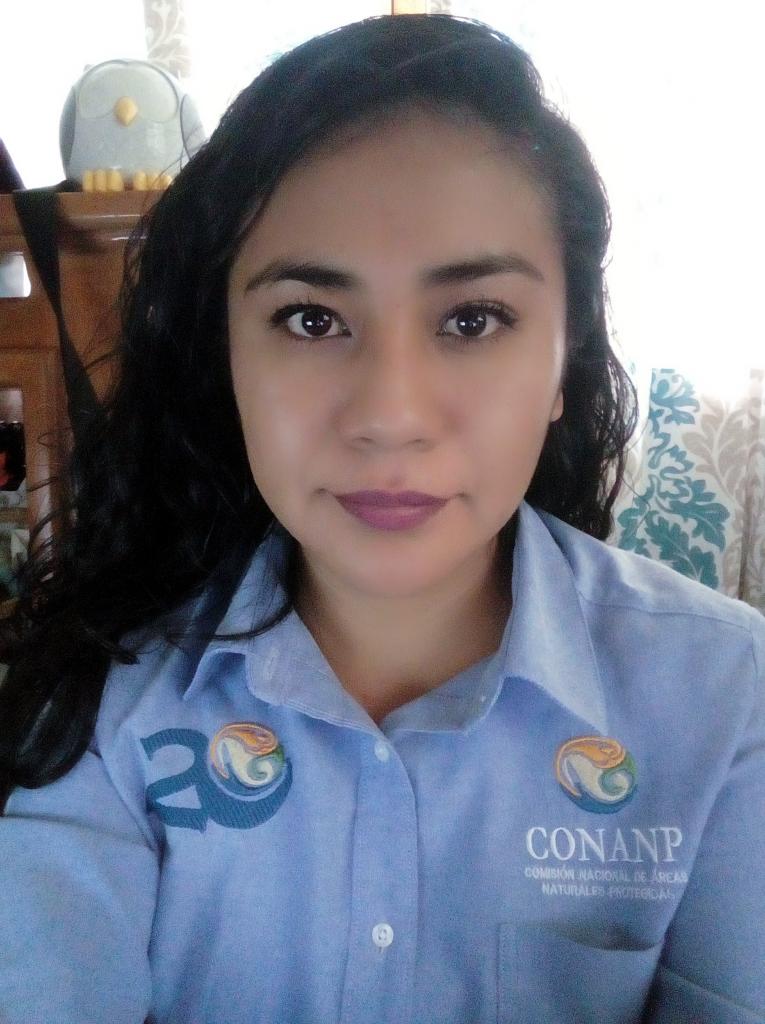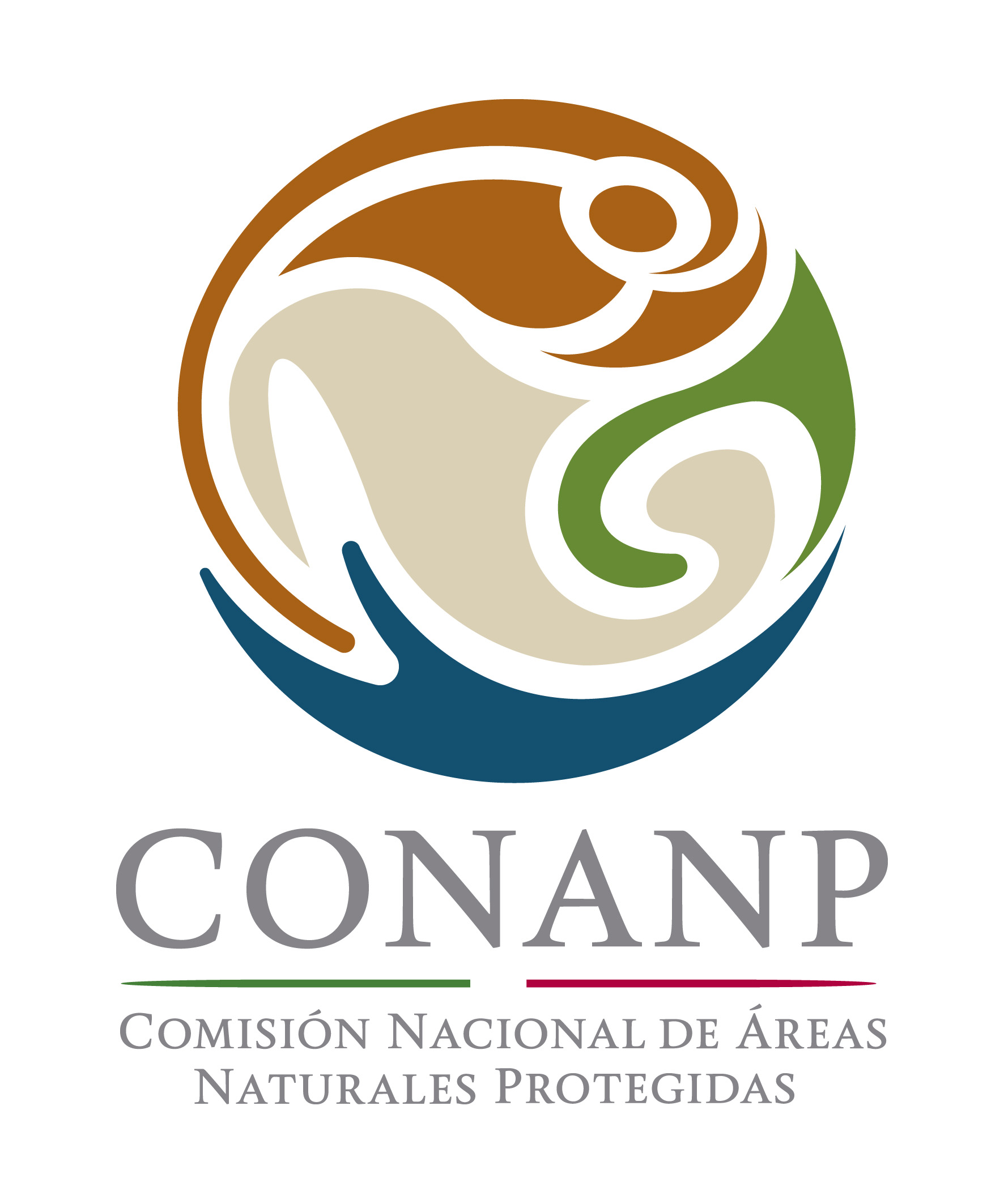
Fighting forest fires on the Tacaná Volcano
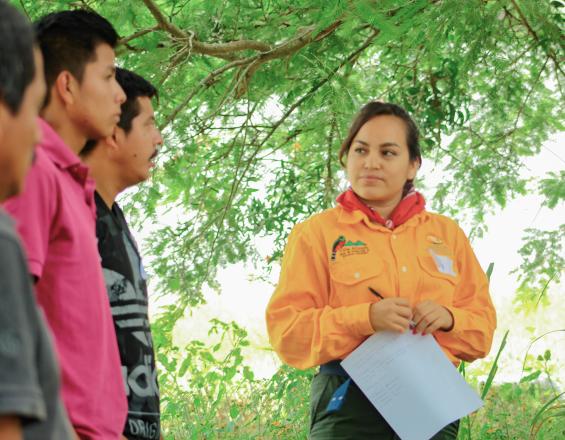
The Tacaná Volcano Biosphere Reserve, on the Mexico-Guatemala border, is a region of great biological and cultural richness. The MAM culture was born there. This cultural heritage flourishes along with an incredible biodiversity where many of its species are endemic and threatened by human activities. Fire is the main threat to the reserve. Every year, hectares of forest are lost due to arson. CONANP [Comisión Nacional de Áreas Naturales Protegidas = National Commission of Protected Natural Areas] park rangers perform work training community brigades, teaching in the communities and fighting fires when they occur.
Context
Challenges addressed
1. Economic: CONANP has fewer and fewer resources, so work with volunteer brigades is very important.
2. Environmental: Climate change causing low humidity conditions, very conducive to the spread of forest fires.
3. Social: The traditional way of growing crops and burning the land to prepare for planting.
Beneficiaries
Thirty people trained in firefighting.
Families that live on the volcano.
General population that receives the environmental services provided by the Reserve: water and clean air, carbon capture, pollinators, among others.
Location
Process
Summary of the process
The building blocks are linked in such a way that the training of CONANP personnel is indispensable to providing training for the brigades, and such training is necessary for conveying a satisfactory message to the inhabitants.
The three building blocks reduce the incidence of fires on the reserve and make a rapid response possible to any event that occurs.
Building Blocks
Personal training and coaching
It is important that CONANP staff include people who are trained and experienced in fire management. CONANP has provided scholarships so that its personnel can be trained by establishing partnerships with CONAFOR [Comisión Nacional Forestal = National Forestry Commission], which gives these courses in Mexico, and with the U.S. National Forest Service. For the latter courses, CONANP only has to cover travel expenses.
Enabling factors
Partnerships with CONAFOR and with expert fire management institutions.
Availability of staff to learn new things.
Lesson learned
There are many training opportunities, but it is important to have good time management to take advantage of these opportunities.
It is important to invest in these training sessions since they are required so that later on CONANP staff can give front line training to the volunteer brigades.
Both men and women can take this training.
Brigade training
The firefighters trained by CONAFOR-CONANP are in turn responsible for gathering together, training and equipping people from the Tacaná Volcano communities to form community brigades. Additional resources are sought from foundations that can complement CONANP's budget. For example, in 2020, FONCET [Fondo de Conservación el Triunfo = El Triunfo Conservation Fund] donated a truck to transport the brigades from the region.
So far, 45 people from the Tacaná Volcano communities have been trained to fight fires.
Enabling factors
Good relationship of the communities with CONANP authorities and other institutions, since they are the ones who bring people together.
The proximity of the communities to the reserve allows them to come quickly if necessary.
Sharing of experiences and good relationship with Guatemalan firefighters, since the other half of the volcano is in that country.
Lesson learned
Training should be done with the necessary equipment. There have been times when there have been fires and trained firefighters have been available, but there has been no required equipment available, so they have not been able to put out the fire.
A budget must be prepared to equip the brigades and to replace the equipment when it is damaged. It is essential to ensure that the work is done at minimum risk.
Community training
In addition to fighting fires, the brigades have the task of reducing agricultural burns. They achieve this by visiting neighbouring communities and giving talks to raise awareness among the inhabitants and training them on NOM 015, the Mexican standard that regulates the use of controlled agricultural fires.
This exercise has resulted in agreements not to burn at sites near and within the reserve and the scheduling of burns at sites that are allowed under certain circumstances.
Enabling factors
Communication skills training for brigade members.
Additional materials to be provided during discussions with farmers.
Lesson learned
The brigade members are people from the same Volcano communities, so their message is well received by the people.
The activities should be carefully scheduled, so that talks about the burns take place before the start of the planting season and the occurrence of any fires.
The message should be consistent and should be communicated in various ways, including talks, brochures, teaching materials, posters, radio broadcasts, etc.
Impacts
Effective rapid fire response program on both sides of the Mexican-Guatemalan border.
Thirty trained and equipped brigade members.
Heidy's example has empowered other women.
Sustainable Development Goals
Story
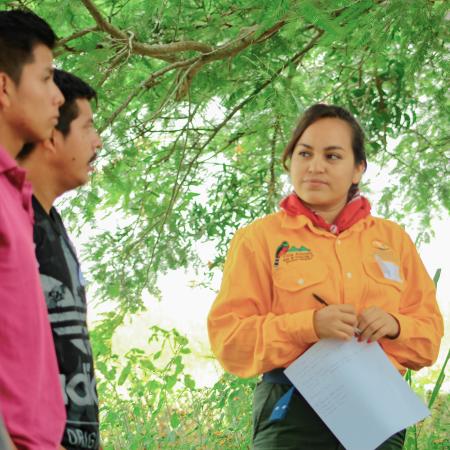
“It doesn’t matter whether it’s a man or a woman. The important thing is that the work gets done," says Heidy Sánchez, a firefighter.
The Tacaná Volcano, at 4,092 metres above sea level, is the highest point in the Sierra Madre of Chiapas, on the Guatemala border. It is a location of great cultural and biological importance where the last remnants of the MAM culture still exist. Its name is derived from the Quiché mam, which means father, grandfather or ancestor. In Guatemala, they still call on the deities of the mountain to provide water for their crops.
Here some very important species such as the Pink-headed Warbler, the Peacock and the Quetzal can be found. The forests of this Biosphere Reserve of global significance capture water in one of the rainiest regions of Mexico and provide this and other environmental benefits of great importance for biodiversity. This reserve belongs to the Man and the Biosphere (MAB) network.
Heidy works on this reserve, which is managed by CONANP (National Commission of Protected Natural Areas) in an activity of great importance for preserving these ecosystems: fire management and fighting forest fires. The fact of “being a woman and very short in stature,” as she says she is, has not gotten in the way of her professional career as a firefighter, and she is a role model for other woman in the region who have been inspired by her work.
Thanks to the experience acquired, she and her companions have managed to form a fire fighting brigade of 15 people and another 30 in process on this reserve, which has helped stop fires in the volcano on both sides, Mexico and Guatemala, and there have been exchanges with brigades in the neighbouring country.
The work of Heidy and these brigades will become increasingly important, because climate change will lead to higher temperatures and less humidity in the atmosphere, making ecosystems more vulnerable to fires. Conserving these ecosystems is vital to maintaining environmental services that we all depend on.
Heidy is a role model for #NatureForAll, a global movement whose mission is to inspire love for nature.

